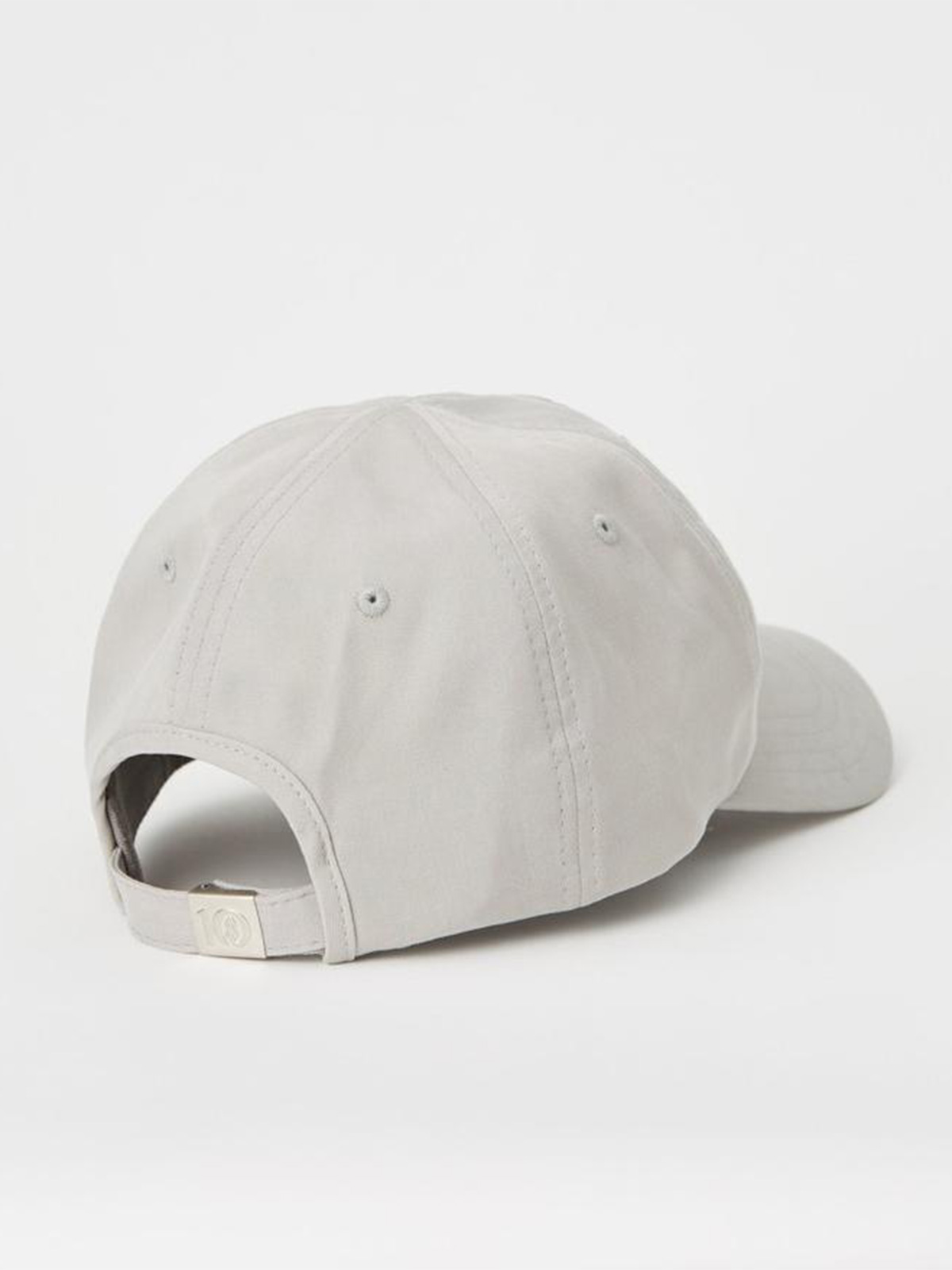Keep your clothes fitting as your body changes
We’ve all heard the phrase, “the most sustainable garment is the one already in your wardrobe”. While that sentiment is an essential reminder to shop with longevity in mind, it can apply an element of guilt when clothes no longer fit.
A customer recently told us, “I’ve had to upsize all of my jeans and trousers this year,” noting how odd it felt to be buying half a dozen garments in a single season, when she usually tries to mitigate fashion consumption.
For most of us, the idea of being a single size throughout adulthood is far from reality. Working with a tailor can help to transform ill-fitting clothes back into favourite pieces.
For most of us, the idea of being a single size throughout adulthood is far from reality. Working with a tailor can help to transform ill-fitting clothes back into favourite pieces.
Admittedly, making a garment a size bigger is more complex than making it smaller, and the concept of upsizing clothes is gendered, too. Traditionally, menswear trousers are constructed with a seam running up the centre back of the waistband, to allow the trousers to be easily let out and expanded. In womenswear, not so, thanks to outdated perceptions and pressures of women remaining one size.
Still, working with a tailor can broaden the solutions available to outgrown clothes. This year at The Seam—a UK-based platform for connecting with local tailors and repair specialists—our Makers have added elastic, let out seams, and inserted panels to create better fit. Not all types of clothes are suited to upsizing. Denim jeans, for example, are constructed from a lapped seam that is difficult to let out. Yet, there is almost no limit to what the creativity of a Maker can do for an outgrown garment.
Get second hand garments tailored to you
Chances are, if you’ve bought preloved or vintage clothes online, you’re familiar with the experience of less than perfect fit on arrival of your purchase. With second hand clothing and “re-commerce” such a key component of sustainable fashion, having a tailor on hand can make preloved shopping online more reliable every time.
Earlier this year, The Seam helped a bride alter her secondhand wedding dress for a better fit. She’d made the purchase on eBay, but the measurements had been incorrectly listed by the seller, and when the dress arrived, it was too tight in the chest.
After some creative reworking, we managed to turn it into the dress (and fit) of her dreams. “I think it’s very important that you don’t alter yourself to fit a wedding dress”, she recounted to Cosmopolitan about the experience.
Repairs can help you responsibly rehome clothes
If you take a minimalist approach to cleaning your wardrobe, you may find yourself with a pile of unworn clothes set aside for donation or resale.
Yet, if the items in your pile are being let go of due to flaws like rips, stains, or broken zips, chances are your donation will burden the community where it ends up.
Part of taking responsibility for what we consume means getting garments into a good state of repair before parting ways. If you’re into reselling your wardrobe, working with a tailor to fix flaws can also increase the value of your items, and ensure a quicker sale.
Whether or not you’re already taking part in circular fashion solutions like reselling, renting, and swapping clothes, the items that simply get “donated” are often deemed as value-less when we part ways with them. This raises the question of what kind of value we can expect them to generate for charities. Working with a tailor or repair specialist helps keep value in these items, and keep them in the loop.



















